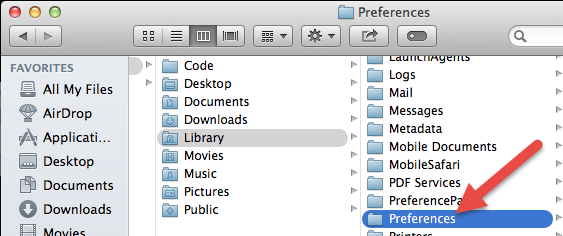
- #Download origin for mac how to#
- #Download origin for mac mac os x#
- #Download origin for mac download#
- #Download origin for mac mac#
Clicking the magnifying glass button next to an item reveals the downloaded file in Finder.
#Download origin for mac download#
In Safari’s case, a Download button appears in the toolbar, which you click to view a list of recent downloads. Most people, though, stick with the default.īrowsers typically make it easy to quickly get to downloaded files. This setting can be changed: in Safari, for example, go to Safari > Preferences, click General, choose Other from File download location, and then select a different folder.
#Download origin for mac mac#
It’s where your Mac stores files downloaded by Safari, attachments you download from Messages, and where many other apps save files when you download them from the internet or other devices on a local network. You can also quickly get to it from Go > Downloads ( Option+Command+L). If you don’t see it under Favorites, go to Finder > Preferences, and turn it on in the Sidebar tab. You can easily access the Downloads folder is easily accessed from Finder’s sidebar. If you use this feature, your home folder – the one with the house icon and user name – is less important than in the past, but it remains that some important folders remain housed there – one of which is Downloads. Since macOS Sierra, you can opt to store your Desktop and Documents folders in iCloud, making whatever’s within them more easily accessible from other Macs and mobile devices. Apple increasingly nudges people to store their documents in the cloud.
#Download origin for mac mac os x#
This is kind of a secret tip in Mac OS X but it’s very useful given the amount of things that average users download from the web and elsewhere these days.How To A Newbie’s Guide to Using the Mac Downloads Folder This works in all versions of MacOS and Mac OS X, you’ll always find it in the “Where From” section of Get Info, so look there to locate the download origin.īy the way, if you want to re-download something now that you know where it originated from, just plug that copied URL into your web browser of choice, or feed it into curl to download it via the command line, and the file will download again. Of course this is also infinitely useful for troubleshooting and tracking down the origins of mystery files on your Mac or someone elses.

Try it out yourself by exploring your Downloads folder with the Get Info command.

I use this trick all the time for re-discovering music remixes from the huge network of new music blogs, but it works well for literally anything downloaded. This is a really handy trick if you can’t recall where you downloaded certain files from, it’s made even better by the fact that you can select the URL’s from the window and visit them again or share easily too. In the example screenshot below, the file was linked to from a URL (a music site) but the file itself was stored on Amazon’s S3 service, so both links are listed. You may notice two URL’s listed as the ‘where from’ source, this is because the file was linked by one URL and downloaded from another. You can actually copy that URL to re-download the file if you want, or to send someone else a direct download link of the exact same item.


#Download origin for mac how to#
How to Find Where a Downloaded Files Origin URL Was in Mac OS X


 0 kommentar(er)
0 kommentar(er)
